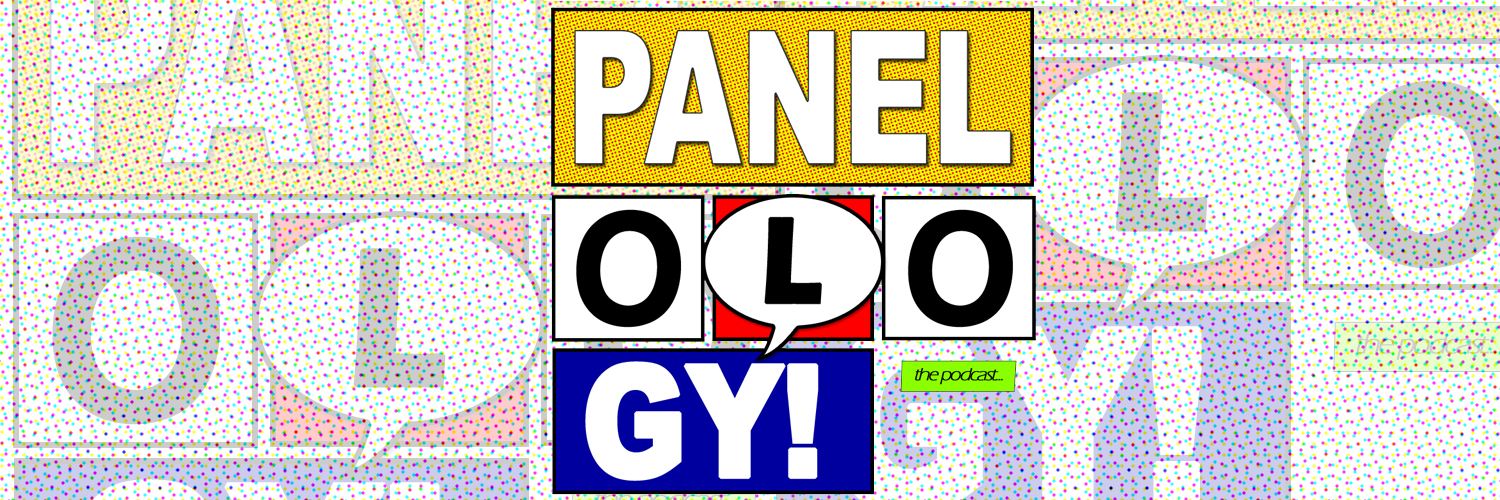When it comes to villain teams, the Suicide Squad tends to get top billing. But there is another group ne’er-do-wells waiting in the shadows. They’re the Secret Six.
Somehow, both of those teams include Deadshot, though. He must be a busy dude.
While the Secret Six title dates back to the ‘60s, the Villains United mini-series marks the first time that bad guys have comprised the team. The new Six come together to oppose Lex Luthor’s formation of a super villain group called The Society. While I don’t want to get too bogged down in continuity here, it helps to know a couple of things that this book does not tell you outright. The entire reason for the formation of The Society is to strike back at the Justice League for having messed with the super villain community’s minds. This arc was also part of the Countdown to Infinite Crisis line, so there are a couple of details that feed into the Infinite Crisis event. Villains United still works on its own as a mini-series, though.
In many ways, this book is a juggling act. Gail Simone has to make a team of villains sympathetic but not too likable. The Society needs to be worse than the killers who fight them. And when the book’s protagonists commit horrific acts, those actions must seem justified. She succeeds by shifting between comedy, creepiness, and brutality to keep the Six sympathetic. Simone also establishes Catman as the reader’s window into what is going on. The decision to frame the mini-series around a D-list villain who is recently on the other end of reinventing himself and has interesting emotional moments goes a long way.
Villains United came out soon enough after the ‘90s that it has yet to shake the body-builder muscles on its male characters and Baywatch-esque women’s costumes. In a way, the silliness of that look works to the book’s advantage and takes an edge off of some of its brutality. But there were moments when the muscles and cheesecake felt gratuitous and slid into being a bit too much. Where the art is at its best is in massive brawls between dozens of characters. During fights it stays clean and easy to follow while maintaining a clear sense of momentum.
Secret Six is another one of those titles I’ve been meaning to get around to for a while. I didn’t realize that the modern take on the team started in Villains United, but I’m glad I picked it up. It definitely hooked me more than any of the recent Suicide Squad ongoings have, and it has a bit of a Doom Patrol team-of-losers vibe. If it sounds interesting, check it out—but do expect some uncomfortable moments.
Collected in
- Villains United (#1-6)
- Secret Six: Villains United (#1-6; Villains United: Infinite Crisis Special #1, Secret Six (2006) #1-6)
Credits
Writer: Gail Simone | Penciler: Dale Eaglesham (1-2, 4-6), Val Semeikis (3) | Inker: Wade von Grawbadger (1-2, 4-6), Prentis Rollins (3) | Colorists: Sno-Cone | Letterer: Jared K. Fletcher (1), Pat Brosseau (2-4, 6), Nick J. Napolitano (5)

